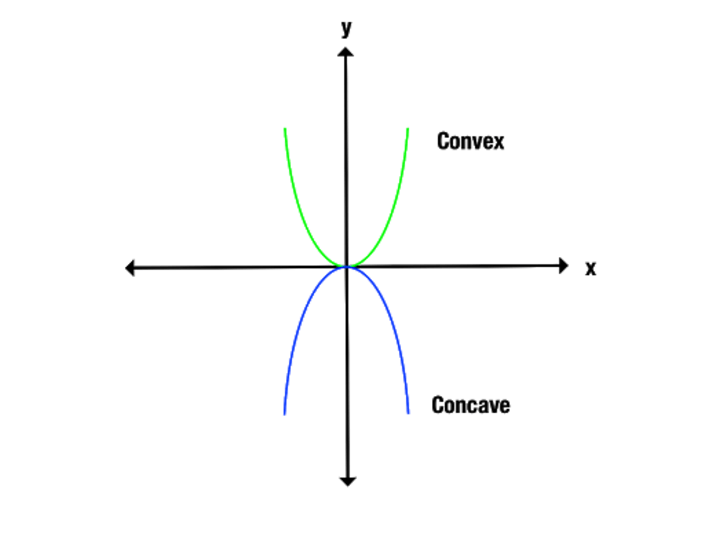Mirrors are commonly used in our daily lives for various purposes, from personal grooming to scientific experiments. Two common types of mirrors are concave mirrors and convex mirrors. While both mirrors serve the purpose of reflecting light, they have distinct characteristics and applications. In this article, we will explore the key differences between concave mirrors and convex mirrors.
Shape and Curvature:
The primary difference between concave mirror and convex mirror lies in their shape and curvature. A concave mirror is curved inward, resembling a hollowed-out bowl. Its reflective surface is on the inner side of the curve. On the other hand, a convex mirror is curved outward, resembling a bulging shape. Its reflective surface is on the outer side of the curve.
Reflective Properties:
Another significant difference between concave mirrors and convex mirrors is their reflective properties. Concave mirrors have the ability to converge light rays. When parallel light rays fall on a concave mirror, they converge at a specific point called the focal point. This property makes concave mirrors useful in applications such as telescopes and focusing devices.
In contrast, convex mirrors have the ability to diverge light rays. When parallel light rays fall on a convex mirror, they spread out in different directions. This property allows convex mirrors to provide a wider field of view and is commonly used in rear-view mirrors and surveillance systems.
Image Formation:
The way concave mirrors and convex mirrors form images is also distinct. Depending on where an object is in relation to the focal point, concave mirrors can produce both real and virtual pictures. A real image is formed when the object is placed beyond the focal point, and the image is formed on a screen. It is inverted and can be captured. On the other hand, a virtual image is formed when the object is placed between the focal point and the mirror. The image is virtual, upright, and cannot be projected onto a screen.
In contrast, convex mirrors always produce virtual images. The image formed by a convex mirror is virtual, upright, and diminished in size. It cannot be projected onto a screen. This characteristic is why convex mirrors are commonly used in situations where a wider field of view is required, such as in road safety mirrors.
Magnification:
The magnification produced by concave mirrors and convex mirrors also differs. Concave mirrors can produce magnified or reduced images depending on the position of the object relative to the focal point. When the object is placed beyond the focal point, a magnified image is formed. On the other hand, a decreased picture results from positioning the object between the mirror and the focus point.
On the other hand, convex mirrors always produce reduced images. The image formed by a convex mirror is smaller than the actual object size. This reduction in size is beneficial in situations where a wider field of view is required rather than detailed observation.
Applications:
Due to their unique properties, concave mirrors and convex mirrors find applications in various fields. Concave mirrors are widely used in optical devices such as telescopes, microscopes, and satellite dishes. They are also utilized in laser technology, solar concentrators, and medical imaging devices.
Convex mirrors are commonly used as safety mirrors in parking lots, driveways, and roads. Their ability to provide a wider field of view allows drivers to see a larger area and detect any approaching vehicles. Convex mirrors are also used in surveillance systems to monitor large areas such as shopping malls, parking garages, and airports.
Conclusion:
In conclusion, the difference between concave mirrors and convex mirrors lies in their shape, curvature, reflective properties, image formation, magnification, and applications. Concave mirrors converge light rays, form both real and virtual images, and are used in devices requiringfocusing and magnification. Convex mirrors, on the other hand, diverge light rays, form virtual images, and provide a wider field of view. Understanding these differences allows us to appreciate the unique characteristics and applications of concave and convex mirrors in our daily lives. Whether it’s exploring the cosmos through a telescope or ensuring road safety with a rear-view mirror, the difference between concave mirrors and convex mirrors plays a crucial role in meeting our optical needs.

